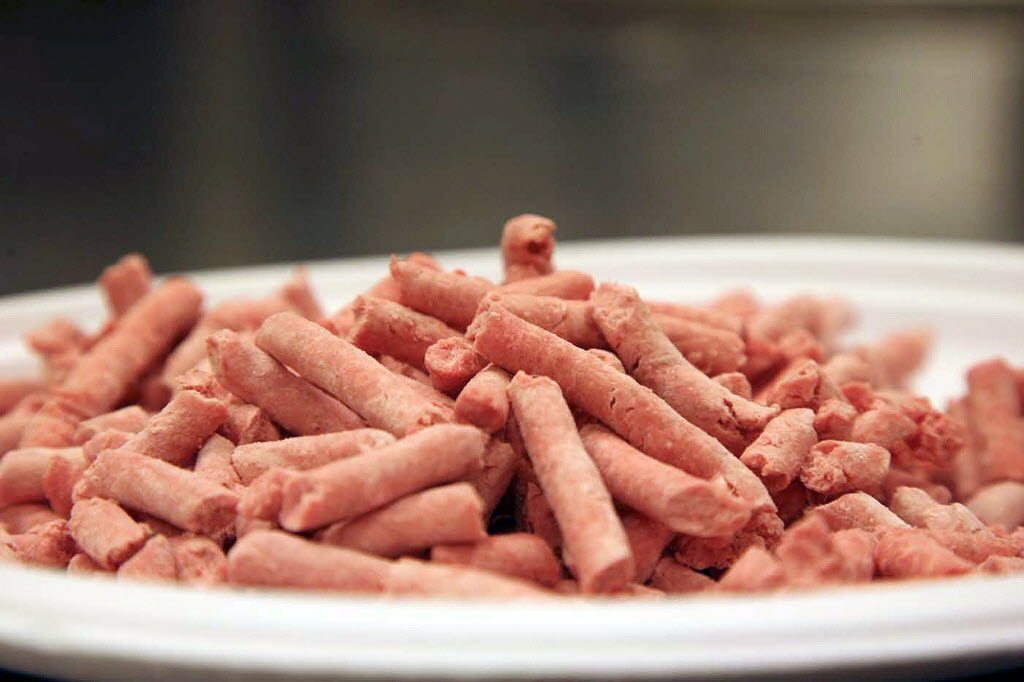Washington state education officials are not aware of any schools using the meat product dubbed “pink slime” in their menu items.
The Office of the Superintendent of Public Education released a statement Thursday following the U.S. Department of Agriculture’s announcement that it will allow school districts across the country to decide whether they use the ammonia-treated beef filler or filler-free meat in student meals.
“The Office of Superintendent of Public Instruction is not aware of any schools using lean, finely textured beef. Districts can purchase beef through a number of sources though such as the U.S. Department of Agriculture, a state or local co-op or commercially. Districts aren’t required to report where their beef was purchased to OSPI,” spokesman Nathan Olson said in a written statement.
“One of the state’s major processors, Kings Command, has written a letter stating that it does not use that particular beef in its manufacturing. But OSPI cannot with certainty say that there is no lean, finely textured beef in Washington state schools,” Olson said.
In Clark County, school districts get their meat from a variety of sources and have different food-service providers.
Battle Ground Public Schools uses Sodexo Nutrition Services, and Evergreen Public Schools uses Chartwells Dining Services. Vancouver Public Schools operates its own food service program.
Vancouver schools spokeswoman Kris Sork said Thursday the district does not, to officials’ knowledge, have any of the product in the meat it offers.
“If we did learn it was in any of our products, we would pull it,” she said.
Mark Jasper, assistant manager of the Battle Ground’s Sodexo operation, said to the best of his knowledge, the filler in question is not used in ground beef used in the schools. While Sodexo can’t say for certain that it hasn’t been used, the company “will take steps to ensure that ammonium hydroxide is not used in the processing” of beef in the future.
Evergreen Public Schools officials could not be reached Thursday for comment.
The USDA decided to let school districts decide whether to use meat with ammonia-treated beef filler in response to an online campaign to rid school cafeterias of what the meat industry calls “lean, finely textured beef.”
The low-cost filler is made from fatty meat scraps that are heated to remove most of the fat, then treated with ammonium hydroxide gas to kill bacteria such as E. coli and salmonella.
It has been on the market for years, and federal officials say it is safe. The National Meat Association also has noted that ammonium hydroxide is used in baked goods, puddings and other processed foods.
There are no precise numbers on how prevalent the filler is, but one industry official estimates that it is in at least half of the ground meat and burgers in the U.S.
The USDA this year is contracted to buy 111.5 million pounds of ground beef for the National School Lunch Program.
-The Associated Press contributed to this article.




